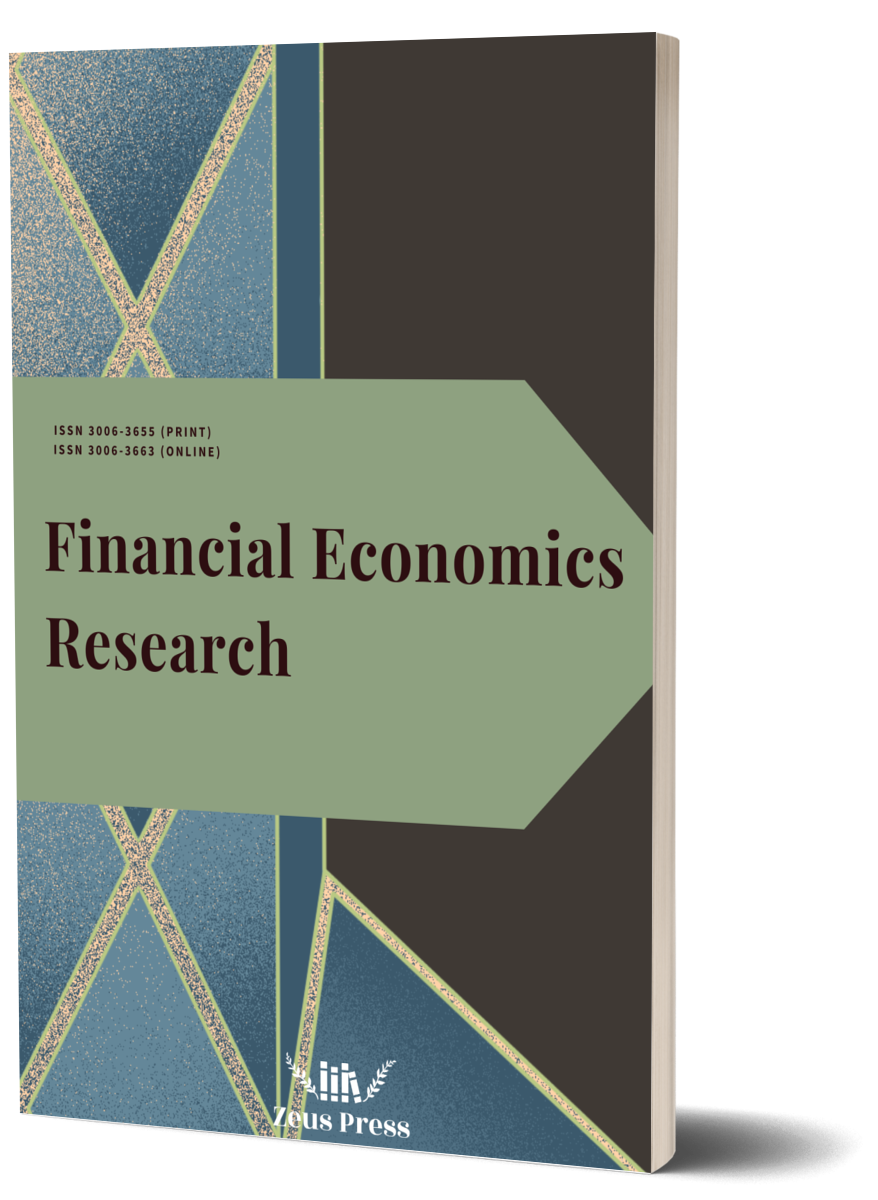A Critical Review of the Underlying Dynamics Between Stakeholder Value Addition and Organisational Strategies
Main Article Content
Keywords
Stakeholder Engagement, Organizational Strategy, Value Creation, Competitive Advantage, Strategic Alignment
Abstract
This paper critically examines how stakeholder value addition influences organisational strategies, highlighting key strategic outcomes affected by various stakeholder engagements. Utilizing a theoretical framework that integrates the Stakeholder Theory with the Strategic Management Model, the study systematically explores the reciprocity between stakeholders' expectations and organisational policy-making. Through a qualitative analysis of case studies across diverse sectors, the research illuminates the processes through which stakeholder interests are prioritized and integrated into the strategic objectives of organizations. The findings underscore the importance of aligning stakeholder management with core business strategies to foster sustainable growth and competitive advantage. Additionally, this review identifies potential pitfalls and best practices in stakeholder engagement, providing insights into how effective stakeholder integration can drive strategic innovation and enhance organisational resilience. This synthesis of stakeholder-related strategic dynamics offers significant contributions to both academic literature and practical management approaches, advocating for a more inclusive understanding of stakeholder impacts on organizational success.
References
- Alsayegh, M. F., Rahman, R. A., & Homayoun, S. (2020). Corporate economic, environmental, and social sustainability performance transformation through ESG disclosure. Sustainability, 12(9), Article 3910. https://doi.org/10.3390/su12093910
- Aquilani, B., Silvestri, C., Ruggieri, A., & Gatti, C. (2017). A systematic literature review on total quality management critical success factors and the identification of new avenues of research. The Tqm Journal, 29(1), 184–213. https://doi.org/10.1108/tqm-01-2016-0003
- Banker, R. D., Mashruwala, R., & Tripathy, A. (2014). Does a differentiation strategy lead to more sustainable financial performance than a cost leadership strategy? Management Decision, 52(5), 872–896. https://doi.org/10.1108/md-05-2013-0282
- Calabrese, A., Costa, R., Levialdi, N., & Menichini, T. (2019). Integrating sustainability into strategic decision-making: A fuzzy AHP method for the selection of relevant sustainability issues. Technological Forecasting and Social Change, 139, 155–168. https://doi.org/10.1016/j.techfore.2018.11.005
- Grzes-Buklaho, J. (2017). The role of stakeholders in the process of building a competitive advantage with the example of development companies. RePEc: Research Papers in Economics. https://econpapers.repec.org/RePEc:pes:wpaper:2017:no152
- Gupta, K., Crilly, D., & Greckhamer, T. (2020). Stakeholder engagement strategies, national institutions, and firm performance: A configurational perspective. Strategic Management Journal, 41(10), 1869–1900. https://doi.org/10.1002/smj.3204
- Haque, M. G., Munawaroh, M., Sunarsi, D., & Aris, B. (2021). Competitive advantage in cost leadership and differentiation of SMEs “bakoel zee” marketing strategy in BSD. Pinisi Discretion Review, 4(2), 277-284. https://doi.org/10.26858/pdr.v4i2.19962
- He, Y., & Chittoor, R. (2022). When does it (not) pay to be good? Interplay between stakeholder and competitive strategies. Journal of Management, 49(7), 2490–2522. https://doi.org/10.1177/01492063221106433
- Jia, X., Wei, J., & Lu, L. (2019). Strategic stakeholder management, environmental corporate social responsibility engagement, and financial performance of stigmatized firms derived from Chinese special environmental policy. Business Strategy and the Environment, 28(6), 1027–1044. https://doi.org/10.1002/bse.2299
- Jones, T. M., Harrison, J. S., & Felps, W. (2018). How applying instrumental stakeholder theory can provide sustainable competitive advantage. Academy of Management Review, 43(3), 371–391. https://doi.org/10.5465/amr.2016.0111
- Khiavi, A. N., Vafakhah, M., & Sadeghi, S. H. (2024). Application of strategic planning and multi-objective decision-making models in integrated watershed management: A case study in the cheshmeh-kileh watershed, Iran. Journal of Hydrology, 631, Article 130690. https://doi.org/10.1016/j.jhydrol.2024.130690
- Porter, M. E. (2008). Competitive advantage: Creating and sustaining superior performance. Simon and Schuster.
- Quairel‐Lanoizelée, F. (2016). Are competition and corporate social responsibility compatible? Society and Business Review, 11(2), 130–154. https://doi.org/10.1108/sbr-04-2016-0026
- Roy, T. K., & Acharya, R. (2016). Statistical survey design and evaluating impact. Cambridge University Press.
- Swazan, I. S., & McBee-Black, K. (2024). A qualitative exploration of the firm resources for adaptive apparel brands/businesses. Journal of Business Studies, 80, 1-4. https://doi.org/10.31274/itaa.17096


